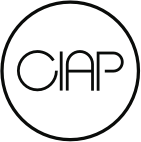Kunstverein
Practical
Practical Info
Mission
Who is who
History
Membership
Newsletter
Privacy policy
History
Since it’s founding in 1976, CIAP has brought contemporary art on the regional map. CIAP reaches a wide audience on a local, national and international scale, which doesn’t only make for CIAP’s support but also for its identity as an art association.
CIAP is a ‘Kunstverein’, an association for contemporary art, with a — for Flanders — remarkable internal structure and system. The members form the crucial support for CIAP’s operative system, which in turn offers them a platform to become familiar with and to participate in the Flemish and international art scene. This multiple reciprocity — members and organization, members/audience and artists, artists and organization, local and international — draws the context by which CIAP functions. Thanks to this DNA, CIAP consists of a sharp, ever-changing, unique and personal profile, focusing on the development of contemporary art in the whole wide region.
Inspired by the operative model of the ‘Kunstverein’ in Germany, Austria and Switzerland, CIAP functions by an autonomous policy, in which the substantive focus lays on the presentation and the deepening of a variety in scopes and disciplines that are currently being developed in the contemporary art praxis. This translates itself in exhibitions where parallels in the thinking and/or creation process of artists — in all their individuality and diversity — determine the overarching theme of the project and the content of the (audience)directed program.
CIAP has always enjoyed an independent set-up. CIAP works from its own identity (as a member-based organization, context-driven) and strives for collaboration in order to provide a surplus for the audience. Concretely this now means collective projects with public institutions, art studios and temporary project organizations from Limburg, Germany and The Netherlands. Since 2010 CIAP has been structurally recognized by the Flemish Government, which has given CIAP the opportunity to professionalize even further.
From 2009 to 2014, CIAP has been established inside a hangar on the previous industrial Gelatine site, located on the periphery of the city Hasselt.
Since October 2014 we have continued to unfold our operation in the former building of the provincial council in the Lombaardstraat, until our move to C-mine, Genk, at the beginning of 2020.
On the occasion of the official opening on March 25, 2014, Sofie Van der Linden made the following drawing:


